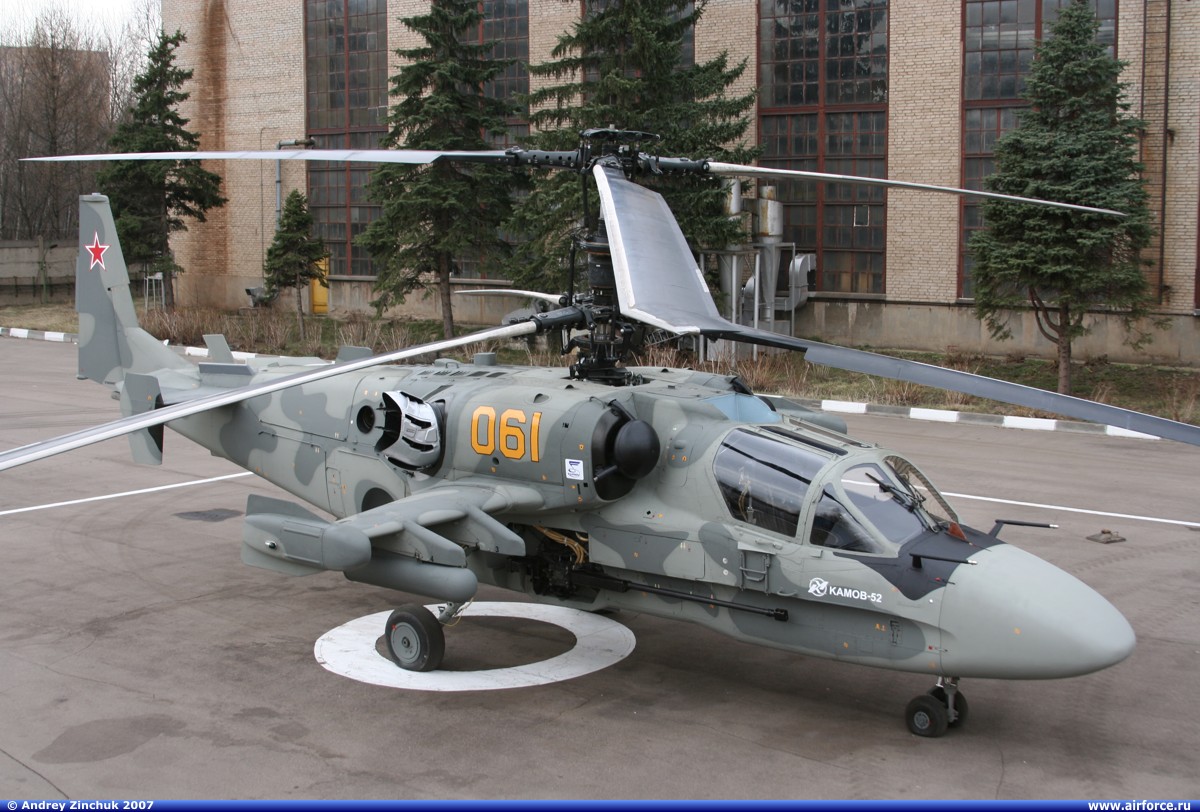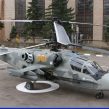
Made In Germany For Russia’s Army
Publication: Eurasia Daily Monitor Volume: 8 Issue: 31
By:

Germany is joining a scramble among West-European producers of military equipment for Russian orders. NATO and the United States are silent bystanders to this growing trend, which challenges the Alliance’s defense posture and planning, as well as the US’s hitherto trend-setting role in the Alliance.
On February 9 in Moscow, the Chairman of Dusseldorf-based Rheinmetall Defense, Klaus Eberhardt, signed with Russian Defense Minister, Anatoliy Serdyukov, an agreement whereby Rheinmetall will plan and equip a troop training center in Russia. The center is to be co-located with Russia’s main artillery training range at Mulino near Nizhniy Novgorod on the Volga. It will enable Russian brigade-sized units to test combat readiness for combined-arms operations, using Rheinmetall’s state-of-the-art equipment to simulate realistic battlefield conditions and assess troop and staff performance.
In addition, Russia’s defense ministry and Rheinmetall agreed to negotiate the establishment of a joint enterprise on Russian territory for “maintenance, servicing, and modernization of armaments and military vehicles (‘tekhnika’)” (Interfax, RIA Novosti, February 9; www.rheinmetall.de).
Rheinmetall becomes the first Western company to endow Russia with a modern center for troop training. According to Igor Korotchenko, chief editor of the Natsionalnaya Oborona [National Defense] journal and member of the advisory Public Council of Russia’s Defense Ministry, Russian forces will gain access to best-practice German training methods thanks to the Rheinmetall-equipped center (RIA Novosti, February 14).
Rheinmetall, one of Germany’s largest producers of military equipment, was also approached by Russia’s defense ministry in 2010 for the possible sale of a manufacturing license for armor plate. This may have some connection with the February 9 decision (see above) to negotiate toward a joint enterprise in Russia for modernizing military vehicles (the Russian military term “tekhnika” customarily denotes armored vehicles).
Rheinmetall can look back at a tradition of military cooperation with Tsarist and Soviet Russia, including on training ranges. In 1904-1905, the company supplied artillery ammunition for the Russian army during the Russo-Japanese war (www.steinhaeusser.info). Following the 1922 Rapallo Treaty and 1924 Berlin Treaty of Friendship between Germany and Soviet Russia (both documents directed against Poland), Rheinmetall became one of the German concerns that started producing battle tank prototypes, for testing at Russia’s training range near Kazan on the Volga. Those prototypes led to mass production of German tanks after 1933 (www.achtungpanzer.com)
Concurrently with the Rheinmetall deal, Moscow has announced the intention to put Ka-52 combat helicopters on the French Mistral-class warships it plans to procure. France and Russia signed the inter-governmental agreement on procurement of the Mistrals on January 25 (EDM, January 26). Moscow made clear all along that it was interested in procuring the Mistrals as an offensive platform for Russian armored vehicles and helicopters. Russia’s military is currently testing Ka-52 helicopters for take-off and landing aboard amphibious platforms, preparatory to adapting that helicopter type for use aboard Mistral-class ships. The Ka-52 is equipped to carry 23 millimeter (mm) and 30 mm caliber cannon, anti-tank guided missiles, air-to-air missiles, and gravitational bombs of up to 500 kilograms. The Russian military has chosen to provide these details via a television channel specifically dedicated to Russia’s “near abroad” (NTV “Mir,” February 13).
Under Russia’s military doctrine and organization, naval forces are auxiliary to ground forces, to be used in support of ground operations in the event of hostilities. This indeed was the role of Russia’s Black Sea Fleet in the 2008 invasion of Georgia. In a hypothetical crisis or possible hostilities at some future time, Mistral warships would enable Russia to threaten some Black Sea or Baltic country with a coastal landing, in addition to a ground force attack. The mere prospect of opening a second front from the sea would tie down some defending forces there, thinning out the defenses against a ground attack. Essentially, the Mistral can become an instrument for maritime supremacy and intimidation vis-a-vis Russia’s maritime neighbors, including NATO member and partner countries. All this belongs in the realm of military hypothesis and contingency planning, which the Mistral deployment in the Baltic and Black Sea would significantly complicate for NATO.
While announcing the Rheinmetall deal, Russia’s defense ministry reconfirmed the go-ahead to implement the agreement with Italian Iveco to set up a joint enterprise in Russia for serial production of Lynx light multi-purpose armored vehicles (Interfax, February 9). These are gradually to replace Russia’s own BTR-80 and Tiger armored vehicles. Apart from the Mistral deal, France is negotiating with Russia over the “Felin” “soldier of the future” combat kit and Safran-Sagem avionics for Russian fighter planes. These deals would involve sale of batches of the French equipment to Russia, along with licenses for joint serial production on Russian territory (EDM, January 3, 4).
Some in NATO take comfort from assumptions that Russian personnel lacks the necessary training or even overall military competence for using advanced Western equipment effectively; or that the Russian military is incapable of waging a major war, or conducting two local wars simultaneously. This assessment was offered for discussion in NATO following Russia’s 2009 Zapad and Ladoga major offensive exercises near Poland and the Baltic States. The same assessment noted, however, that Russian forces are undoubtedly capable of conducting one conflict at a time on Russia’s western peripheries. According to documents just made public through WikiLeaks, however, a group of Allies including Poland, the Baltic States, the Czech Republic, and Romania criticized NATO’s passive response to Russian military exercises, and called for steps to reinforce the credibility of NATO defense guarantees. The US ambassador reported sympathetically to Washington about the Central European allies’ concerns, according to the WikiLeaks material (Die Welt, February 14).
However, West-European sales of advanced military equipment to Russia will further strengthen the latter at the expense of NATO members and partner countries, which Moscow regards as its “near abroad.” NATO Secretary-General, Anders Fogh Rasmussen, steadfastly opposes debate within NATO on military sales to Russia. The Obama administration seems to avoid this issue in order to protect its “reset” of relations with Russia. The US Congress can, however, step into this vacuum of authority, and consider the impact of West European military sales to Russia on the security of US allies in NATO and partners in Europe’s East.




